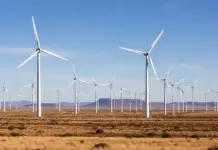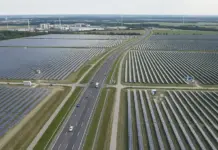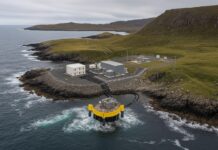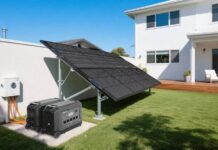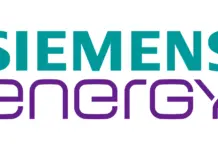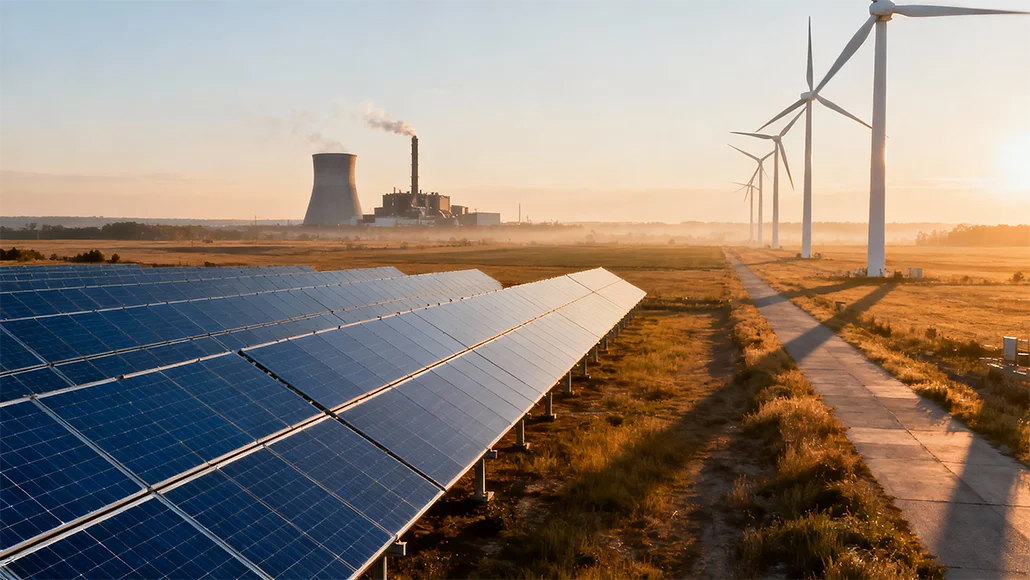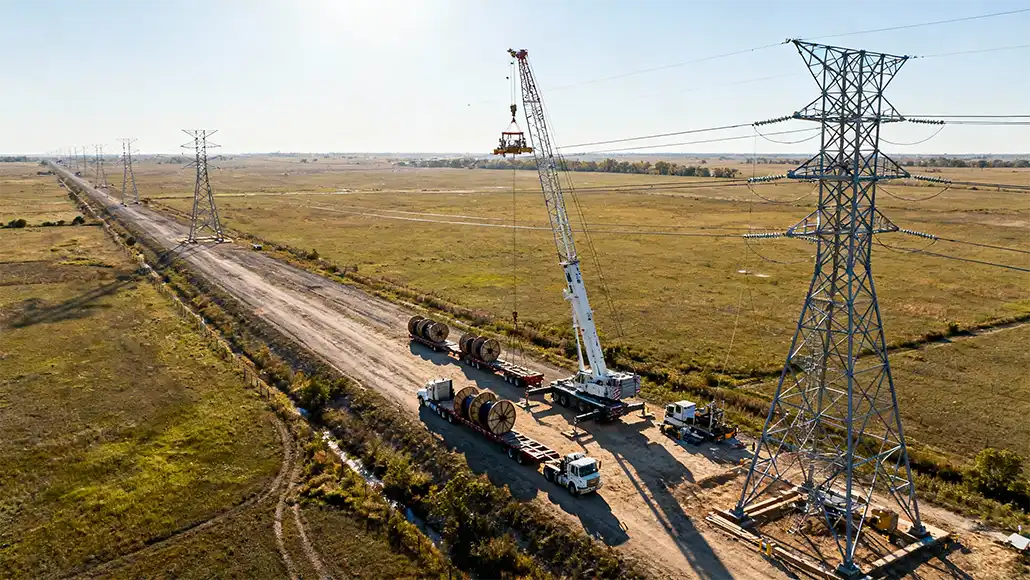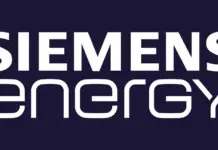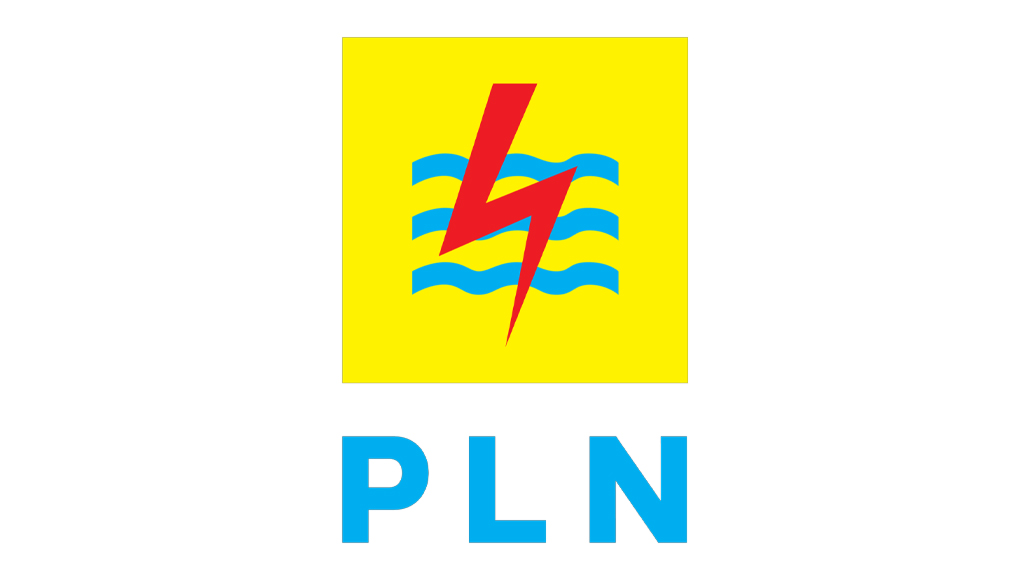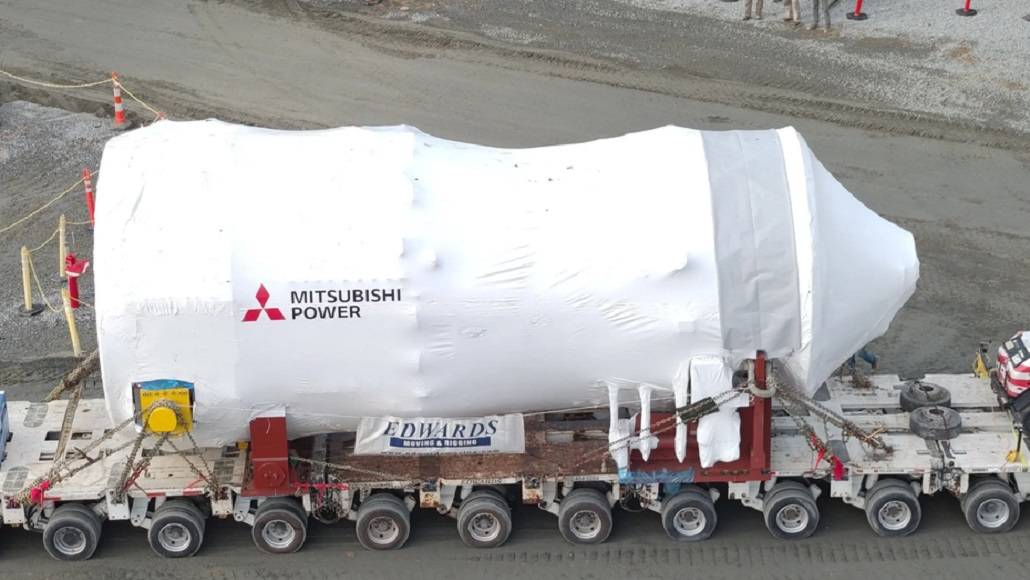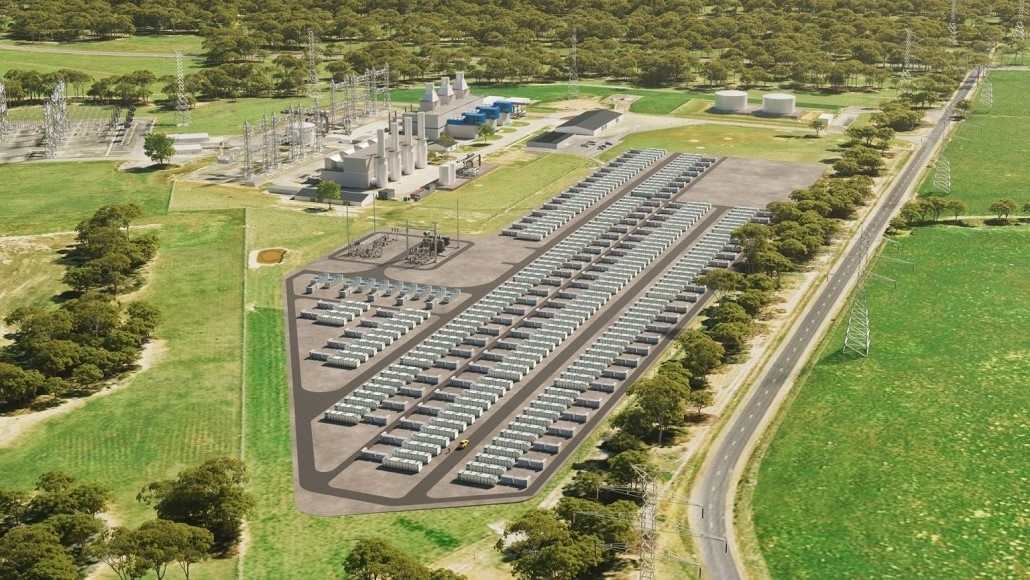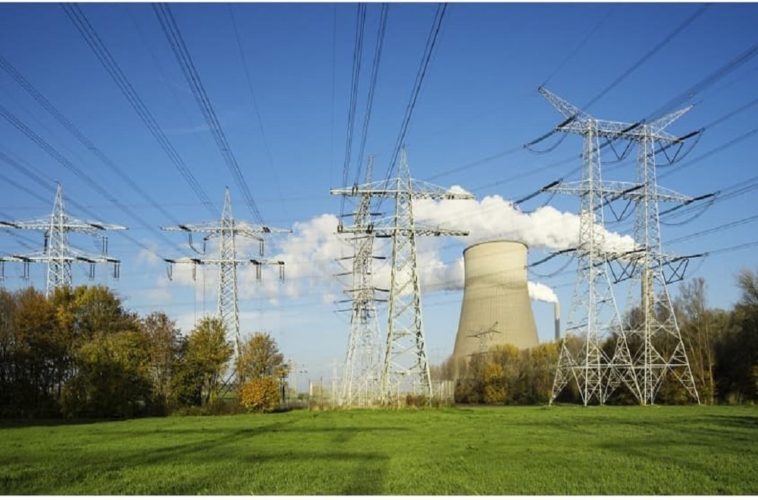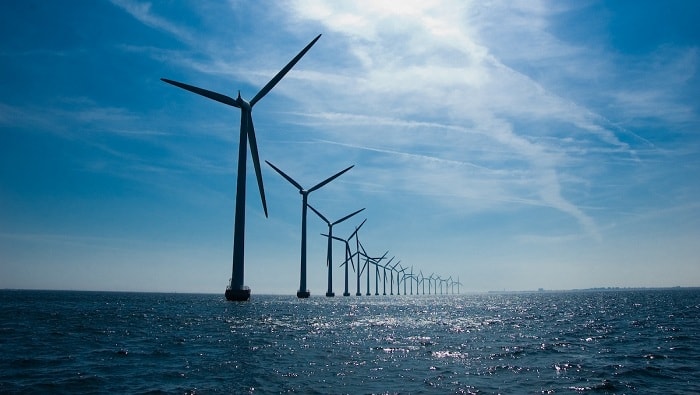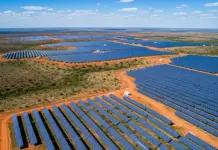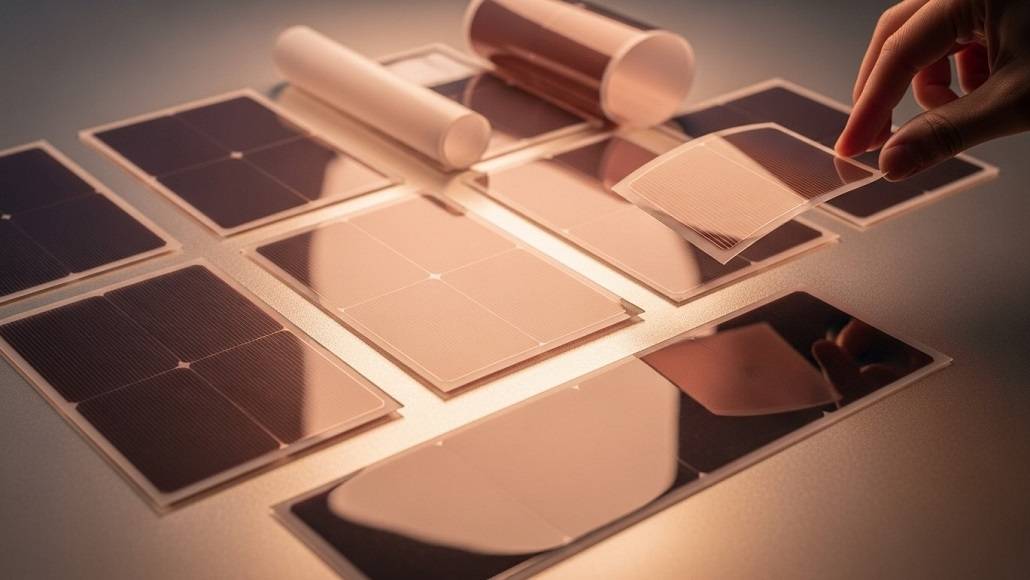Japan is investing a lot of money on a new kind of ultra-thin, flexible perovskite solar panels that it believes will help it reach its renewable energy objectives and compete with China’s supremacy in the field.
Japan is a hilly country with few flat areas for typical solar farms, therefore flexible perovskite panels are suitable for it. And iodine is an important part of the panels. Japan produces more iodine than any other nation except Chile.
Still, with a goal of net-zero by 2050 and a desire to break China’s solar supremacy, perovskite cells are “our best card to achieve both decarbonisation and industrial competitiveness,” minister of industry Yoji Muto said in November.
“We need to succeed in their implementation in society at all costs,” he said.
The government is giving companies big incentives to come on board, such a 157 billion yen ($1 billion) subsidy to Sekisui Chemical, a manufacturer of plastic, to build a facility that can create enough perovskite solar panels to power 30,000 homes by 2027.
Japan intends to install enough perovskite panels by 2040 to produce 20 gigawatts of power, which is approximately the same as installing 20 nuclear reactors.
That should help Japan reach its goal of getting 50% of its power from renewable sources by 2040.
“To increase the amount of renewable energy and achieve carbon neutrality, I think we will have to mobilise all the technologies available,” said Hiroshi Segawa, a specialist in next-generation solar technology at the University of Tokyo.
“Perovskite solar panels can be built domestically, from the raw materials to production to installation. In that sense, they could significantly contribute to things like energy security and economic security,” he told AFP.
Tokyo doesn’t want the Japanese solar sector to go through another boom and crash like it did in the past.
China now controls more than 80% of the world’s solar supply chain, from manufacturing the most important raw materials to setting together solar panels.
Thin wafers are used to make silicon solar panels, which are then turned into cells that produce power.
Reinforced glass sheets and metal frames must protect them, which makes the finished goods heavy and hard to move.
Making when electricity is employed
Several projects are already using the panels, including a 46-story skyscraper in Tokyo that will be finished by 2028.
Fukuoka, a city in the southwest, has also announced it plans to cover a domed baseball stadium with perovskite panels.
“What if all of these windows had solar cells integrated in them?” said Yukihiro Kaneko, general manager of Panasonic’s perovskite PV development department, gesturing to the glass-covered high-rise buildings surrounding the firm’s Tokyo office.
That would allow power to be generated where it is used, and reduce the burden on the national grid, Kaneko added.
According to university professor Segawa, Japan might have a capacity of 40 gigawatts from perovskite by 2040. The technology could also help other countries use renewable energy faster.
“We should not think of it as either silicon or perovskite. We should look at how we can maximise our ability to utilise renewable energy,” Segawa said.
“If Japan could show a good model, I think it can be brought overseas.”


